Book Thoughts: Getting Things Done
David Allen’s best-selling book Getting Things Done: The Art of Stress-Free Productivity was my first major step into the world of enhanced personal productivity. Stepping into a new role at work and accepting more responsibility meant that I could easily become overwhelmed if I didn’t continually stay productive at work. I was also getting more action items, emails and phone calls then ever before and I was in need of a system to keep all of my ‘to do’s’ organized. I came across Getting Things Done (GTD) and it has greatly improved my productivity day in and day out. David claims that they are five stages to capturing your workflow:
- Collect: Find everything that you need to do and get it in one place.
- Process: Figure out exactly what the tasks are and what needs to be done on them.
- Organize: Decide which category your task goes into.
- Review: Look through all of your categories so you can decide what to do.
- Do: Complete tasks.
In the collection stage you need to corral all of the incomplete items that you have in your life. I suggest that you do not separate your work from your personal life when you do this initial collection. However, keep them separate in your filing system. Write down everything in your mind, round up all of your stray papers on your desk and go through all your unopened regular and electronic mail. The act of finding 100% of your outstanding ‘things to do’ is a great feeling. Once you have everything together you then need to move on the process stage.
The process stage will take a bit longer than the collection stage as you need to decide what the next action is on every task. Not only do you figure out exactly what needs to be done, but you also need to figure out what the very next step is and write it down on the task. Personally, I use post-it notes for this step. David recommends that, “If an action will take less than two minutes, it should be done at the moment it is defined.” The other two options are to defer it or delegate it. Once you have processed all of your “things”, you next need to organize them.
Organizing the items puts them in two categories: actionable and non-actionable. Actionable items can be put into separate sub-categories such as projects, calendar, next action lists and things you are waiting on. Non-actionable items would go into the trash, an incubation file or a reference folder. The incubation file is looked at periodically to see if there is anything you can do on it since the last time you looked. An example of this would be a someday/maybe list that you put long-term or stretch goals on.
Once all of your items are organized the review phase is next. I do a large review each week at the beginning of Monday mornings and on Fridays. The Monday review helps me outline the week and see where I may have some capacity to cut into my backlog of work tasks. The Friday review allows me to see what I accomplished that week and gives me some time on Friday to finish up any shorter outstanding items. During the review process you should also allow some time to process anything in your inbox.
The fifth and most important stage is the do stage. In this final stage you get to work that inbox down to zero! David emphasizes that you need to keep in mind four criteria when choosing which actions to do. Context, time available, energy available and priority should all be considered when deciding what action to take next. For example, if you have to be at work to complete the task (context) but you also need four hours, its helpful to look at all of the different criteria to decide what to do next.
By implementing the system of Getting Things Done I was able to take a step back and feel like I finally had wrapped my arms around everything that was going on in my personal and professional life. The book describes each of these steps in depth and explains the best way to approach all of your tasks.
Should you read this book? If you feel overwhelmed by the amount of work that you have, feel behind on all of the tasks you have to complete or just want an improved system to handle a large workload, Getting Things Done is the book for you. Additionally, after you have read GTD, David Allen’s follow up book Making It All Work: Winning at the Game of Work and the Business of Life goes even deeper into the philosophy of productivity and is a great companion to this book.
Have you read this book or you recommend any of books on productivity? Leave a quick note below.

